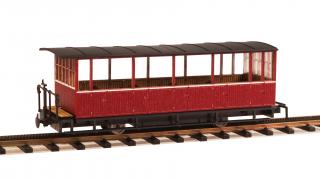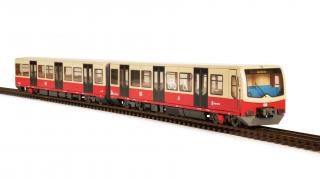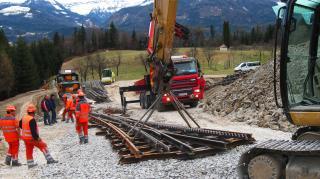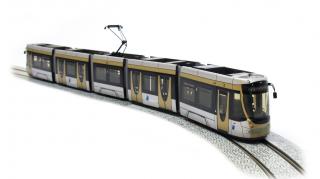
© Halling Modelle
2025-06-27
New rack railway carriages!
As promised, we are replenishing our stocks of the fine, small rack railway models from FERRO-TRAIN! But that's not all, we have also taken the liberty of expanding the range. In response to popular demand, there are now also two structurally different observation carriages to match the ‘Type Schafbergbahn’ passenger coach.
more News 2025.05 - Cog Railway

© Halling Modelle
2025-05-22
The best S-Bahn ever!
The 481/482 series consists of electric railcars for conductor rail operation on the S-Bahn. With around 500 quarter trains, it is the most frequently used series of the S-Bahn Berlin. The first pre-series quarter train was presented to the public in 1996. As part of the ongoing refurbishment of the Longevity Project, it is planned to be in service until the 2030s. Since 2019, S-Bahn Berlin has been overhauling and modernising over three hundred quarter trains.
more News 2025.05 - S-Bahn Berlin Re-Design

© Halling Modelle
2025-05-15
The first new tooling model of the year 2025!
With a length of 50 metres, the new generation of BVG trams clearly outshines all previous vehicles. The new trams - called Urbanliners - are largely produced by Alstom in Bautzen, Saxony. The exemplary 57cm (!) long models are manufactured by the Viennese model railway manufacturer HALLING Modelle on the outskirts of Vienna and steal the show from many of the models produced to date!
more News 2025.05 - Urbanliner Berlin

© Halling Modelle
2025-05-14
Cog railway points are back!
Since the summer of terror, it has been quiet around the small, cute cogwheel railway switches from FERRO-TRAIN. The already rather low stocks were quickly sold out and it has taken us the last few months to fulfil the remaining pre-orders. Now we can finally close a big gap - rack railway points are available again!
more News 2025.05 - Cog Railway

© Halling Modelle
2025-05-09
Trams Nouvelle Génération!
In April 2023, the ‘Trams Nouvelle Génération’, or TNG, will be on the streets of Brussels, transporting citizens and lobbyists alike to work or pleasure. As the heir to the legendary T3/T4 trams, the TNG was designed as a stylistic evolution of the earlier Brussels vehicles.
more News 2025.04 - Flexity 2 Brussels

© Halling Modelle
2025-04-18
The Mostviertler wishes you a Happy Easter!
And because Easter always has something to do with searching, he would strongly recommend searching the following pages. You will find all kinds of narrow gauge models that are available again after the Lent period of recent years, information on models that are already in production and a small preview of what we can expect in the coming weeks and months.
more News 2025.04 - Narrow Gauge Info






